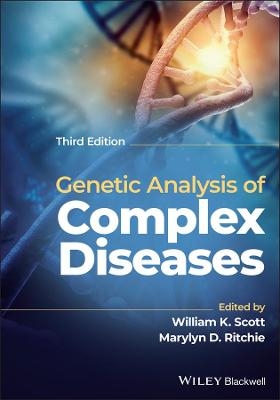
Evolution of the Human Genome I
Springer Verlag, Japan
978-4-431-56601-4 (ISBN)
Naruya Saitou, National Institute of Genetics, Mishima, Japan
Preface.- Part I: Overview of the Human Genome.- Chapter 1: Human evolution and human genome at a glance.- Chapter 2: Rubbish DNA: The functionless fraction of the human genome.- Chapter 3: GC content heterogeneity.- Chapter 4: Protein-coding and non-coding RNA genes.- Chapter 5: Duplicated genes.- Chapter 6: Recombination.-Chapter 7: CNVs and microsatellite DNA polymorphism.-Part II: The Human Genome Viewed through Genes.-Chapter 8: Genes on X and Y chromosomes.- Chapter 9: Human Leukocyte Antigen (HLA) region in human population studies.-Chapter 10: Evolution of genes for color vision and the chemical senses in primates.-Chapter 11: Global landscapes of human phenotypic variation in inherited traits.- Chapter 12: Transcription factor genes.- Chapter 13: Genetics of diabetes: are they thrifty genotype?.- Chapter 14: Disease-related genes from population genetic aspect and their functional significance.- Chapter 15: Microbe genomes associated with human body.-Index.
“Saitou’s Evolution of the Human Genome I offers a strikingly comprehensive introduction to both the evolutionary history of the human genome and molecular and computational methods for studying it. … it will serve as useful background reading for advanced undergraduates and beginning graduate students venturing for the first time into this fast-moving field. Summing Up: Recommended.” (D. P. Genereux, Choice, Vol. 56 (2), October, 2018)
| Erscheinungsdatum | 03.03.2018 |
|---|---|
| Reihe/Serie | Evolutionary Studies |
| Zusatzinfo | 39 Illustrations, color; 35 Illustrations, black and white; VIII, 305 p. 74 illus., 39 illus. in color. |
| Verlagsort | Tokyo |
| Sprache | englisch |
| Maße | 155 x 235 mm |
| Themenwelt | Studium ► 2. Studienabschnitt (Klinik) ► Humangenetik |
| Naturwissenschaften ► Biologie ► Evolution | |
| Sozialwissenschaften ► Ethnologie | |
| Sozialwissenschaften ► Soziologie | |
| ISBN-10 | 4-431-56601-5 / 4431566015 |
| ISBN-13 | 978-4-431-56601-4 / 9784431566014 |
| Zustand | Neuware |
| Informationen gemäß Produktsicherheitsverordnung (GPSR) | |
| Haben Sie eine Frage zum Produkt? |
aus dem Bereich


